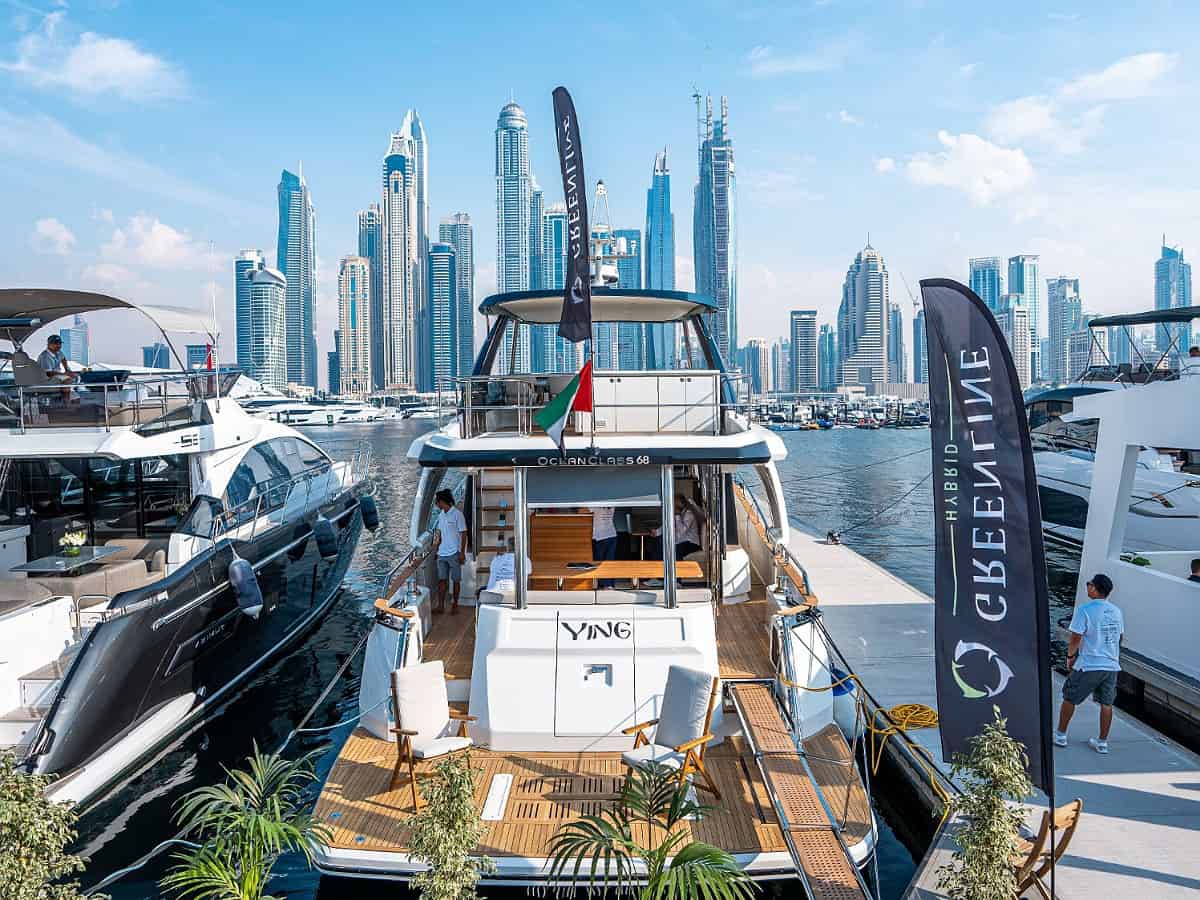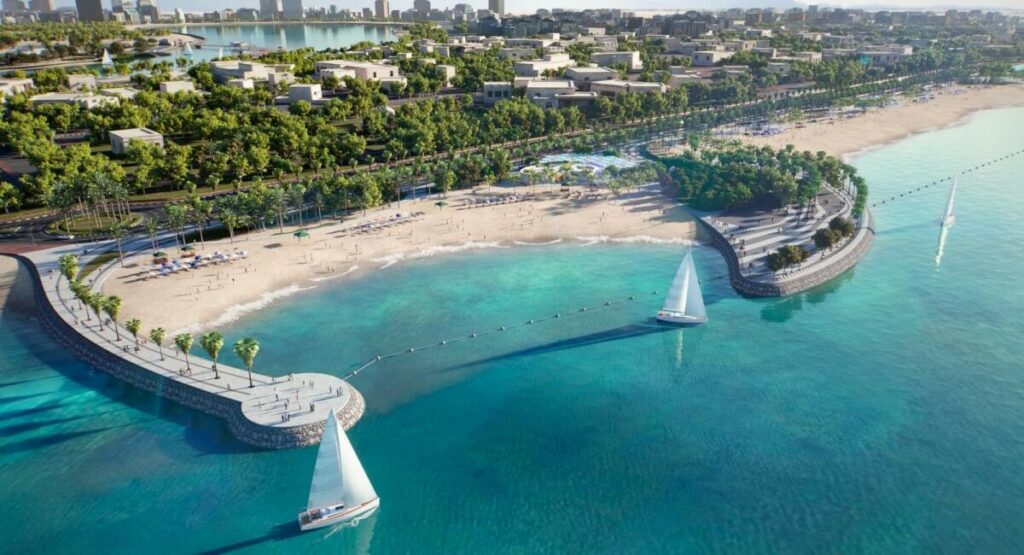
Abu Dhabi: Known for its skyscrapers and its luxury resorts, Dubai has come up with a comprehensive project plan that lays out the future of Dubai’s sustainable urban development.
Sheikh Mohammed bin Rashid Al Maktoum, Vice-President, Prime Minister, and ruler of Dubai, initiated its first urban plan back in 1960, and is currently working on its seventh development plan.
The Emirate’s 2040 Urban Master Plan gives provides an opulent view; it maps out a greener and more sustainable city that caters to an expected 5.8 million residents.
The project aims to transform the Emirate and create a truly interconnected, people-led city that balances community with tourism and modernity with heritage and nature.
Over the next two decades, the emirate’s population is expected to rise up to 5.8 million, from 3.3 million now, and this new plan is to ensure that Dubai becomes the best city in the world to live in.

What is the plan?
The seventh phase of the development will focus on using space within the city limits.
Main highlights
- The focus is on five main urban areas, which will be developed with a modern outlook.
- Places designated for educational institutes and hospitals will be increased by 25 percent.
- Areas for hotels, resorts, and tourism will be expanded by 134 percent.
- Areas used for commercial, industrial, and economic activities will also increase significantly.
Sustainable, inclusive development
In order to provide residents and visitors a healthy environment, other important priorities include increasing the number of green spaces and leisure areas, creating vibrant, inclusive communities, and increasing resource efficiency.
The project also aims to encourage investors and draw in unfamiliar speculations to new areas. The plan takes into consideration the environmental sustainability, preserving the emirate’s cultural and urban heritage.

Mobility
- The city’s third airport will be built near Dubai Silicon Oasis.
- More cycling lanes will be laid down across the emirate to encourage healthier lifestyles and cut traffic.
- Several green corridors will be established to link the service areas, residential areas, and workplaces, ease the movement of pedestrians and bicycles across the city.
- A 5.4-km cable car system will be constructed to transport visitors to the highest natural summit in Dubai, Um Al-Nesoor.
- The cable car route will pass over the Hatta Dam and the upper dam lakes and over the mountains.
Beaches, parks, waterfall
- Wildlife sanctuaries and natural rural areas will make up 60 percent of the emirate.
- The beach projects are being developed at a cost of Dh500 million.
- The beaches will feature walkways, mangroves, water sports, walking and cycling tracks, and rest areas.
- Among the key projects on offer is the Hatta Waterfalls, a green haven of four oases linked with bridges crossing the water canal.

Emirati housing
- The communities will include green spaces, commercial centers, and recreational facilities.
- Old districts designated as Emirati housing will be redeveloped.
- An integrated town, as well as multi-story units, will be developed.
- Strategic land banks will also be reserved for housing beyond 2040.

